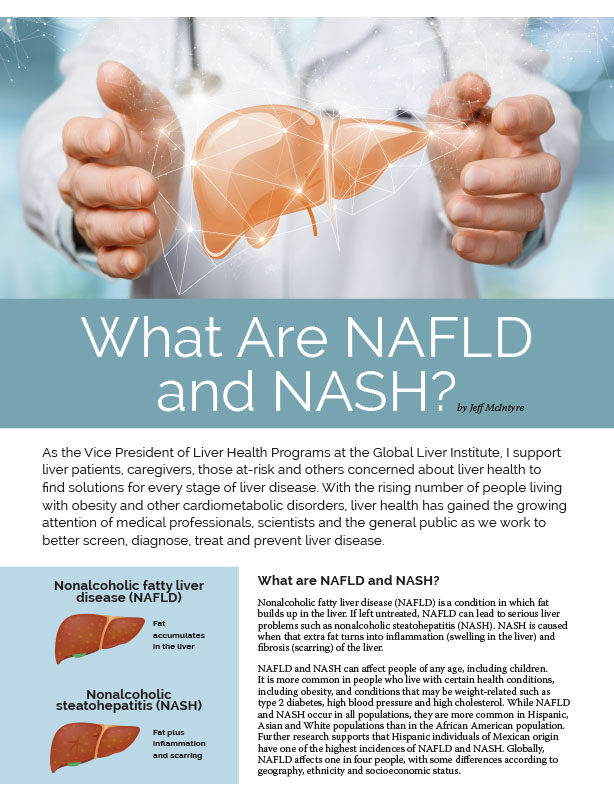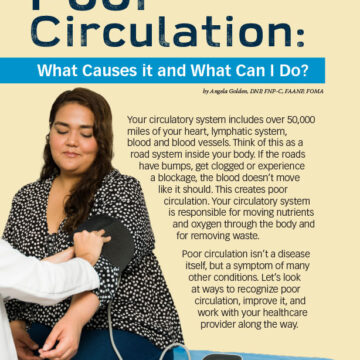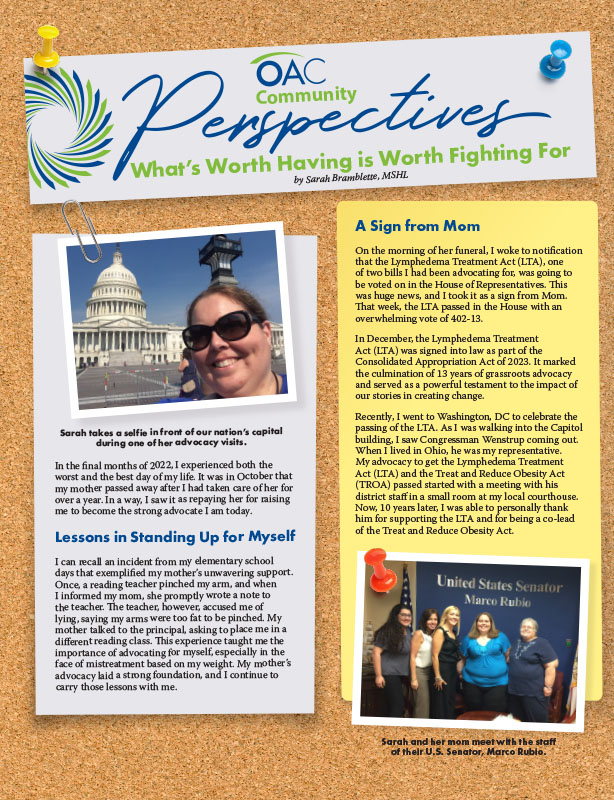What Are NAFLD and NASH?


by Jeff McIntyre
Spring 2023
As the Vice President of Liver Health Programs at the Global Liver Institute, I support liver patients, caregivers, those at-risk and others concerned about liver health to find solutions for every stage of liver disease. With the rising number of people living with obesity and other cardiometabolic disorders, liver health has gained the growing attention of medical professionals, scientists and the general public as we work to better screen, diagnose, treat and prevent liver disease.
What are NAFLD and NASH?
Nonalcoholic fatty liver disease (NAFLD) is a condition in which fat builds up in the liver. If left untreated, NAFLD can lead to serious liver problems such as nonalcoholic steatohepatitis (NASH). NASH is caused when that extra fat turns into inflammation (swelling in the liver) and fibrosis (scarring) of the liver.
NAFLD and NASH can affect people of any age, including children. It is more common in people who live with certain health conditions, including obesity, and conditions that may be weight-related such as type 2 diabetes, high blood pressure and high cholesterol. While NAFLD and NASH occur in all populations, they are more common in Hispanic, Asian and White populations than in the African American population. Further research supports that Hispanic individuals of Mexican origin have one of the highest incidences of NAFLD and NASH. Globally, NAFLD affects one in four people, with some differences according to geography, ethnicity and socioeconomic status.
Are NAFLD and NASH Common?
Unfortunately, NAFLD and NASH are very common. Research estimates that about 25% of people worldwide have NAFLD, with the highest rates in South America, the Middle East, Asia, the United States and Europe. Still, these conditions are often under-identified and undertreated. This is due to a lack of disease awareness, stigma about liver disease, symptoms that are difficult to identify, current screening procedures, and limited treatment and management options.
If severe enough, NASH can lead to cirrhosis or liver cancer, potentially requiring a liver transplant. Livers for transplants usually come from people who have recently passed away. The waiting period for these livers can be long, ranging from less than 30 days to five years in the U.S. alone.
The importance of addressing liver disease is greater than ever. As global overweight and obesity rates have nearly tripled since 1975, with more than 1.9 billion adults affected, NAFLD is one of the most chronic and progressive forms of liver disease in adults and children worldwide. NASH is expected to become the leading cause of liver transplants in the U.S. between 2020-2025.
What Are the Signs and Symptoms of NASH?
Individuals with NASH may report fatigue (tiredness that does not resolve with rest), changes in skin color or abdominal pain. Cirrhosis is an advanced liver disease that can be caused by NASH. If it develops, these symptoms may be observed via jaundice (yellowing of the skin and whites of eyes), itchy skin, swelling of the abdomen and dark urine. Many individuals do not display symptoms in the early stages. Once major damage to the liver has occurred, signs of NASH may become more obvious.
What Causes NAFLD and NASH?
Experts don’t know exactly why some people accumulate fat in the liver while others do not. Similarly, there is a limited understanding of why some fatty livers, but not all, develop inflammation that progresses to cirrhosis.
As with many metabolic or cardiovascular disorders, NAFLD and NASH can both be linked to overweight, obesity, insulin resistance, high blood sugar and high levels of fats — particularly triglycerides in the blood.
These combined health problems appear to promote the deposits of fat in the liver. For some people, this excess fat acts as a toxin to liver cells, causing liver inflammation and NASH, which may lead to the buildup of scar tissue in the liver.
Complications
One of the main complications of NAFLD and NASH is cirrhosis, which is late-stage scarring of the liver. Cirrhosis occurs in response to liver injury, such as inflammation caused by NASH. As the liver tries to stop inflammation, it produces areas of scarring. With continued inflammation, fibrosis spreads to take up more and more liver tissue.
If the process is not interrupted, cirrhosis can lead to:
- Fluid buildup in the abdomen (ascites), swelling of veins in your esophagus (esophageal varices) that can rupture and bleed, confusion, drowsiness, slurred speech (hepatic encephalopathy) and liver cancer
- End-stage liver failure, which means the liver has stopped functioning
If diagnosed with cirrhosis, you may be at an early or late stage of liver disease. Here is how your healthcare provider will determines the difference:
- If you have fat but no inflammation or tissue damage, the diagnosis is NAFLD.
- If you have fat, inflammation and liver damage, the diagnosis is NASH.
- If you have a type of scar tissue in your liver called fibrosis, you may be developing cirrhosis.
What Happens if I Am Diagnosed With NASH?
People with NASH have a higher risk of developing other conditions such as metabolic disorders and cardiovascular disease. Cardiac-related deaths are one of the leading causes of death for people living with NASH or NAFLD.
Currently, there are no approved medications for NAFLD/NASH in North America or Europe. Fortunately, there are several promising therapies in late-stage clinical trials. Many experts believe that several of the medications used to treat obesity and diabetes may have positive effects on NAFLD. Research shows that when some individuals lose 7-10% of their body weight, they can dramatically reduce liver inflammation.
The more serious NASH becomes, the more difficult it is to manage. The amount of fat in the liver can be reduced through nutrition, physical activity and adequate sleep. This can help NAFLD and NASH at all stages. While there are no approved therapies at the moment, lifestyle modification through nutrition and physical activity is recommended.
Questions?
If you are concerned that you may be at risk for NAFLD or NASH, there are several questions you can ask your healthcare provider to address your risk.
- I have obesity (and/or diabetes, high cholesterol, etc.). Should I be checked for NAFLD or NASH?
- Can my NAFLD be reversed or is this a lifelong condition?
- What do I need to change about my nutrition and/or physical activity habits?
- What are my options for treatment beyond nutrition and physical activity?
- How do I know if my condition is getting better or worse?
- Have you checked if I have any liver scarring (fibrosis) using non-invasive tests, such as serum or imaging tests?
- Should I keep taking my current medications, such as statins or diabetes medications?
- Can I participate in a clinical trial?
How the Global Liver Institute Can Help:
At the Global Liver Institute, we unite partners from all areas of liver health to find solutions for every stage of liver disease, including NAFLD and NASH. On June 8th, 2023, the Global Liver Institute will host International NASH Day with events, screenings, educational panels and liver health activities to promote awareness and education for patients, those at-risk, caregivers and others touched by these progressive and chronic diseases. For more information, visit GlobalLiver.org or InternationalNASHDay.org.
About the Author:
Jeff McIntyre is the Global Liver Institute’s (GLI) Vice President for Liver Health Programs. In this position, he oversees GLI departments in liver cancer, pediatric and rare liver diseases, NAFLD/NASH, and the global campaign ‘Liver Health is Public Health.’ With over 20 years of public health and advocacy experience, Jeff has worked with leading public health member associations, national physical activity and nutrition campaigns, and international obesity organizations to improve public health and chronic disease outcomes.
by Sarah Ro, MD; and Young Whang, MD, PhD Fall 2023 Mary, a postmenopausal woman with a…
Read Articleby Rachel Engelhart, RD; Kelly Donahue, PhD; and Renu Mansukhani, MD Summer 2023 Welcome to the first…
Read Articleby Sarah Bramblette, MSHL Summer 2023 In the final months of 2022, I experienced both the worst…
Read Article








